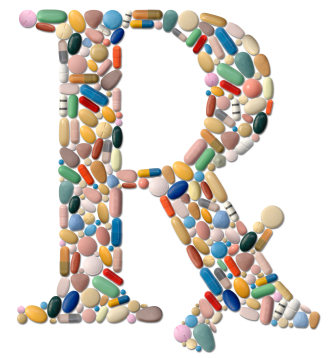According to a recent report from the Mountain View, Calif.-based research company, Frost & Sullivan, the health information exchange market is set to grow significantly over the next 18-24 months thanks to various regulatory factors. The report, U.S. Health Information Exchange Market: A Comprehensive Guide to Market Dynamics, Technology Vendors, and Future Trends, looks at the specific opportunities in this space.
Reform plays a big part of why HIE is set to grow. The report’s authors say the main reason for the growth of the HIE market is the renewed certainty around the Affordable Care Act, thanks to the Supreme Court upholding it and President Barack Obama getting re-elected. They also mention Stage 2 Meaningful Use requirements and the growing demand for care that goes beyond the doctor’s office as other reasons for the possible growth.
"Most healthcare providers realize that, despite the numerous complexities and challenges associated with the exchange of health data, HIE will continue to accelerate," Frost & Sullivan analyst Nancy Fabozzi, said in a statement. "The value gained from health data exchange is self-evident. Today, most providers agree that the key issue in HIE is not whether to do it, but how best to do it so that benefits are maximized and any potential harm is minimized. This means that the data exchange platform must be trustworthy, comprehensive and secure." Fabozzi believes that the growth of cloud-based HIE solutions will necessitate new protocols and solutions that require state-of-the-art security systems expertise to alleviate concerns about data breaches.
Specific to the market, the authors of the report say demand for HIE-related services will go beyond simple transactional data exchange. They say value-added services which enable patient engagement and predictive analytics needed to better manage patient populations and contain risk will be looked at.
